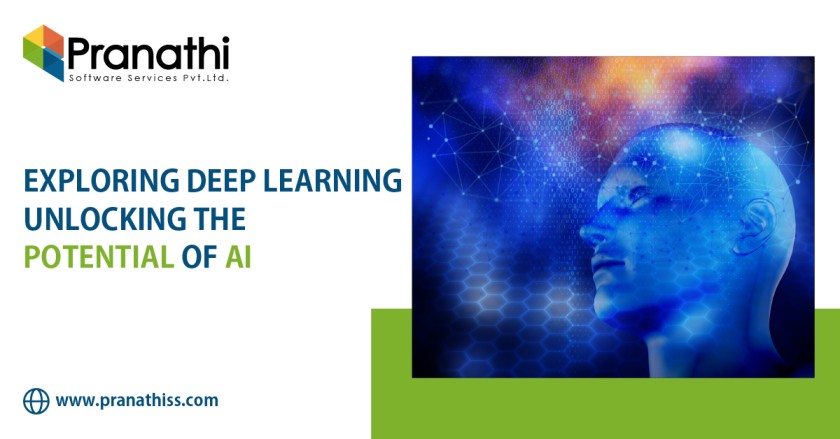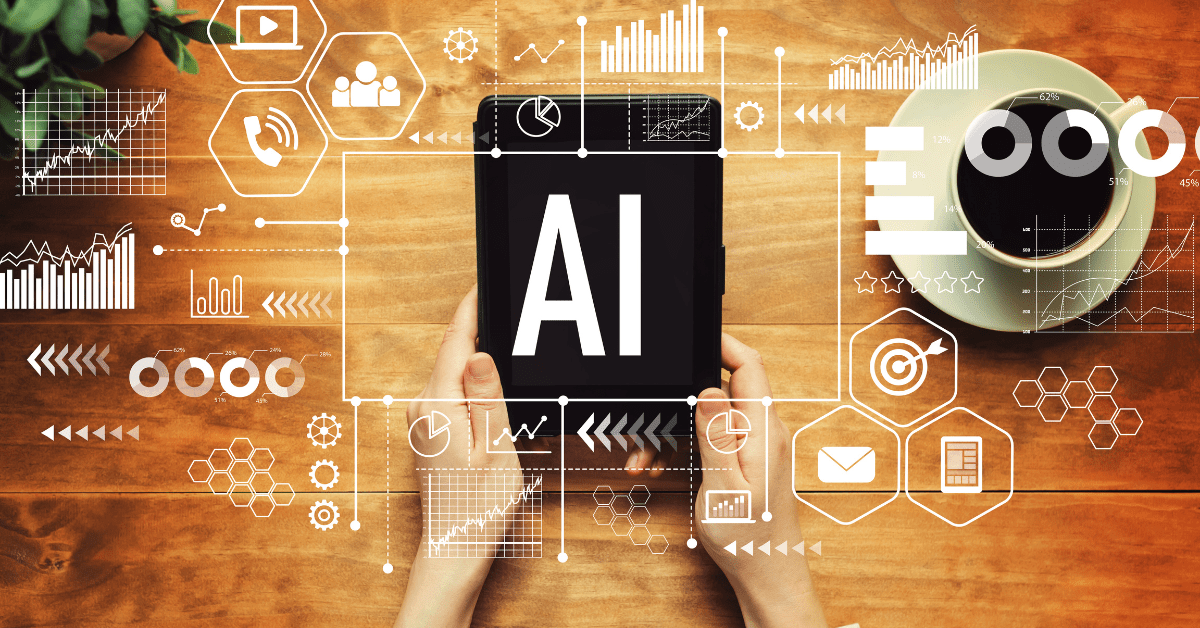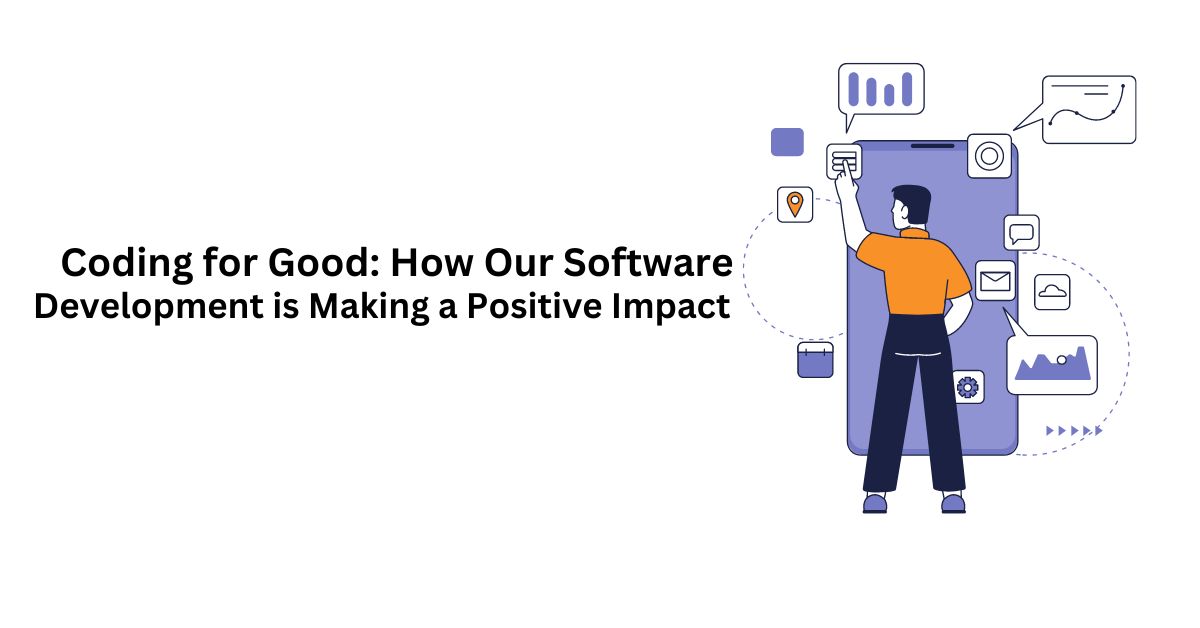Mastering Deep Learning (DL): Unlocking The Potential of Artificial Intelligence

5 min read
Deep Learning is an important scientific and technological achievement that has made tremendous progress in artificial intelligence. Here, we will discuss one of the most basic techniques of it: feed-forward pass. The basic technology that underlies DL is also discussed, and its applications for various fields are revealed. This post will improve your understanding of DL and deepen your understanding of AI in general.
A common problem with big data is knowing how to make sense of it all—specifically when finding meaningful patterns or connections among seemingly random data points. To learn how to do this, we need to find a way to identify the important patterns in our data and filter out everything else.
In this blog post, we’ll explore it from a high-level perspective – what it is, why it works so well in certain domains such as image recognition, and some drawbacks. Along the way, we’ll touch on a couple of tools and frameworks that can make getting started with it easier than ever before.
Introduction:
All the progress made within it has been through theory and experimentation. Its boundaries must be fully explored. Unlocking the Potential of Artificial Intelligence aims to clarify this area by covering all aspects of hierarchical Learning with practical examples from various application domains, including computer vision, natural language processing, mobile apps, robotics, Etc.
The solution is simple; the machine needs to be taught how to collect the data, prepare it for analysis and then analyze it. The machine has to be able to give new insights into what was inevitably collected by humans before it could do this. This process is called supervised Learning because the machine needs help from us humans as a trainer who teaches it after all.
A neural network consists of a group of highly interconnected nodes, which we will call neurons, that work together to reach a specific goal through the experience provided by the trainer. All these nodes can learn from each other because they are always being fed new data or put in different situations and forced to react accordingly. After this happens millions of times, it becomes easier for them to recognize certain patterns in any information given.
Artificial intelligence is in the midst of a revolution. Machine learning, deep Learning, and other AI disciplines are powering technologies like never before.
DL has been heralded by many as the next big thing in ai, with potential extending well beyond traditional machine learning. It has captivated researchers and industry leaders alike for its ability to vastly improve various tasks, from voice recognition and computer vision to natural language processing.
What is Deep Learning?
It refers to a class of machine learning algorithms with many nonlinear processing levels as a first-order approximation. It’s “deep” in that it involves many layers or hidden units whose inner workings are largely opaque to the end user. Traditional machine learning problems are generally shallow – they involve at most 2-3 layers of computation. In contrast, DL involves many more layers, each consisting of nonlinear computations followed by a nonlinear transformation.
The DL wave has hit with full force, and there is no going back now. Today, it has come a long way. It is being used in many exciting areas, such as self-driving cars, speech recognition in the Cloud, medical diagnosis, security, and autonomous agents, among many others.
What are The Drawbacks?
Deep Learning is biased by design. The number of layers, the choice of activation functions in each layer. The way the network is initialized and fine-tuned – all these choices are subjective decisions and will influence the resulting output. To perform well on a particular task, one must choose the right model architecture and train it properly.
It is a quick-growing branch of machine learning, which in turn is a quickly-growing field of computer science that studies how to teach computers to do what comes naturally to humans, like recognizing objects.
Along with deep neural networks and large amounts of data, this area needs a programming language specialized for it: As deep Learning with Python applications continues to gain traction for developers.
Python Opens Up New Opportunities For Developers
As a high-level, object-oriented programming language with a compact syntax and dynamic type support. Python is an excellent choice for rapid prototyping and scripting. The Python code is also readable by non-programmers; this improves the ability of other programmers to build on the initial implementation without having deep knowledge of the algorithm being used. These all help make Python an excellent language for use in a Data Science environment.
Before we get started with the applications of it, let’s first understand the basics.
Deep Learning was brought into mainstream machine learning consciousness as a technique on artificial neural networks (ANNs). However, the technology and idea are much older:
It is the application of machine learning techniques to study high-level abstractions in data.
Deep Learning with Python includes how to use a neural network and where it can be used. It also discusses how machine learning works and some examples of effective applications for it.
Before starting, you should know basic Python coding concepts such as functions and global variables. It assumes you have a basic understanding of these concepts. The power behind deep neural networks through their applications in image editing software like Photoshop or GIMP.
There are Several Reasons Deep Learning is Popular:
Its capabilities are widely recognized; the DL algorithms can easily be used to solve problems in a wide range of applications. It is also easy to implement.
Artificial intelligence will dominate society in many capacities, becoming ubiquitous and changing people’s lives. The AI technology currently under development has already shown that it can perform superhumanly. However, serious research into deep Learning must continue as quickly as possible for this process to move at the required speed.
The characteristics and current status of it organize some general research directions. Specifically, we present a survey of its research in reinforcement learning. Which has emerged as an important area of AI in recent years, providing a good idea for future research directions.
Why is Deep Learning Highly Valued?
Deep machine Learning has been widely recognized as an important AI technology. In recent years it has demonstrated its ability to solve difficult problems in many areas. The number of people engaged in it is increasing rapidly worldwide.
However, the potential of deep Learning has yet to be fully exploited. The conventional view is that the core of artificial intelligence is the ability to perform symbolic processing! Which involves thinking logically, making inferences, and reasoning. Such an approach can be applied to only a limited range of problems. And it must be challenging to apply this method to domains requiring complex nonlinear reasoning.
DL is easy to apply because it represents knowledge in examples or samples. Many dl algorithms are based on simple logic operations on such representations. So they have powerful capabilities for complex reasoning tasks that were once considered difficult or impossible. It can cope with complex domains and show good performance faster and cheaper than conventional symbolic processing systems.
Hierarchical Data Processing
Deep Learning is based on a hierarchical architecture that uses many simple processes to solve difficult problems. From the perspective of information processing, DL is a bottom-up process similar to the human brain. It is quite different from the top-down information processing approach used by most AI. This difference makes it difficult for people accustomed to thinking about AI from a top-down perspective to understand DL well.
Conclusion
One of the most popular learning methods during supervised Learning is neural networks. Hope this blog will delve into what neural networks are and how they work. Once we understand how neural networks achieve their Learning, we can apply the same method to other researchers and fields of study that require machine learning.
Published: June 16th, 2023





